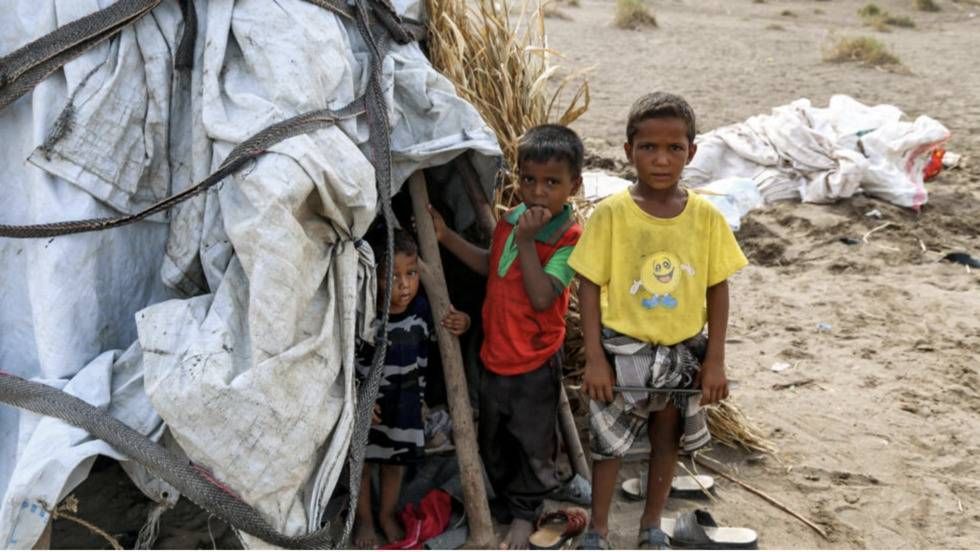UN reports unprecedented rise in food insecurity levels in Yemen.
Record Levels of Food Insecurity in Yemen, Says World Food Program

The World Food Program (WFP) has reported a dramatic rise in food insecurity in Yemen, reaching unprecedented levels in August 2024. This alarming information comes from the WFP’s “Food Security Situation Report for Yemen,” which was accessed by the news outlet, Al-Sahwa.
Rising Food Insecurity Rates
For the fourth consecutive month, the percentage of households facing inadequate food consumption has surged to an all-time high of 64%. This figure reveals the dire situation affecting Yemen’s population, with 65% of households in government-controlled areas and 64% in Houthi-controlled regions struggling to secure enough food.
Severe Food Deprivation on the Rise
The report highlights a troubling trend: the rate of severe food deprivation in Houthi-controlled areas has nearly doubled compared to last year, now standing at 37% in August. In government-controlled regions, the rate reached 35%. Alarmingly, all Yemeni governorates have surpassed the “very high” threshold for food deprivation, which is set at 20%. The highest rates of deprivation are found in the governorates of Al-Jawf, Lahij, Abyan, Al-Dhale, Hajjah, Amran, and Raymah.
Contributing Factors to the Crisis
The WFP attributes the worsening crisis to several factors, including deteriorating economic conditions, delayed food aid in the south, and a slowdown in assistance in the north. These issues have worsened due to limited livelihood opportunities and flooding, which complicated access to markets in August. Over 500,000 individuals in the governorates of Al-Hudaydah, Hajjah, Marib, Taiz, and Saada have been affected.
Disparities Between North and South
The report reveals that the proportion of households experiencing severe food deprivation has nearly doubled in northern Yemen, controlled by the Houthis, reaching 37% this year. In contrast, southern Yemen, under government control, reports a 30% deprivation rate. Notably, 23% of families in the north and 15% in the south reported that a member of their household went an entire day without food.
Adoption of Harsh Food Coping Strategies
The adoption of severe food coping strategies has increased significantly, with 56% of households in northern areas resorting to such measures—a 10% rise from last year. Meanwhile, in southern regions, the rate stands at 51%, marking the highest level in the past two years.
Displaced Populations Most Affected
The report emphasizes that internally displaced persons (IDPs) are among the most severely affected groups. They have experienced nearly double the level of severe food deprivation compared to permanent residents, highlighting the deepening crisis faced by vulnerable populations.
Urgent Action Needed
The findings from the WFP’s report underscore the urgent need for international assistance and effective strategies to address the escalating food insecurity crisis in Yemen. As conditions continue to deteriorate, immediate action is essential to alleviate the suffering of millions in this war-torn nation.
To follow the news in Arabic





